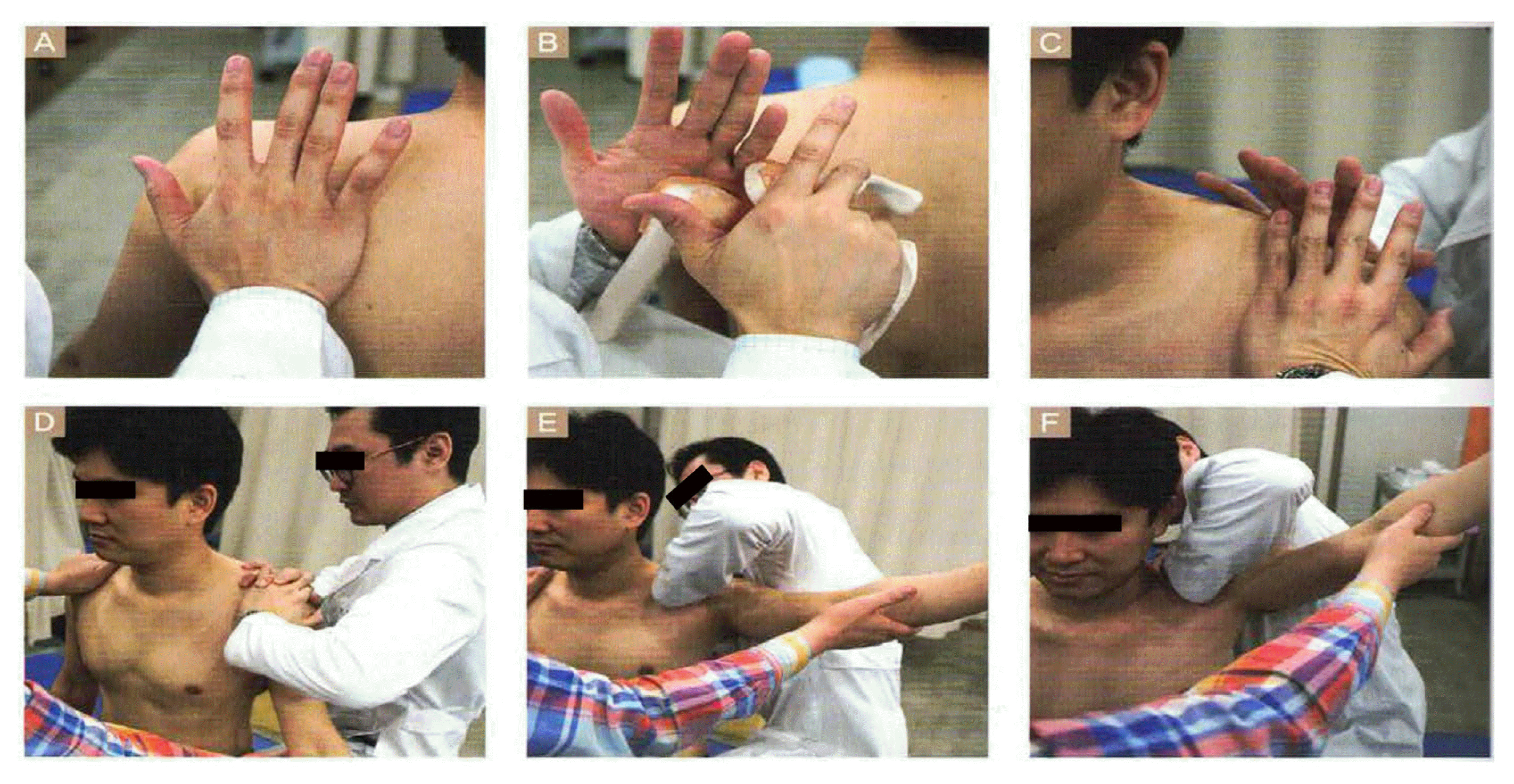References
1. Han TR, Bang MS, Kang YG, Go YJ, Kim DG, Kim MJ, et al. 2011. Rehabilitation medicine 3rd edth ed. Paju: Koonja Publishing.
2. Brent BS, Robert CM. 2012. Clinical orthopaedic rehabilitation: an evidence-based approach 3rd edth ed. Seoul: Hanmi Medical Publishing.
4. Jeong DH, Ahn HJ, Hwang KS, Yoon KB, Kim TW, Moon JH, et al. 2002;Clinical Study on Effect of Carthmi-Flos Herbal acupuncture therapy on shoulder pain. J Korean Acupunct Moxib Soc 19(6):184–192.
5. Kim DH, Kim HW, Lee GH, Lee GM. 2009;Effect of Scolopendrid Pharmacupuncture Therapy on Frozen Shoulder Patients. J Korean Acupunct Moxib Soc 26(1):1–14.
6. Ahn MS, Park JS, Jung JH, Park MC, Park GY, Kim HY, et al. 2009;A Case Report of Frozen Shoulder with Muscular Acupuncture and Muscle Energy Technique. JCMM 4(2):137–148.
8. Son SK, Kim JS, Kim SW, Yoo SB, Moon BH, Lee CR. 2014;The Domestic Trends of Traditional Korean Medicine Treatments on Frozen Shoulder. JCMM 9(1):55–65.
9. Lee JH, Suk KH, Ryu SH, Lee SY, Kim HG, Ryoo DW, et al. 2015;Analysis of Treatment Outcomes for Idiopathic and Secondary Frozen Shoulder with Traditional Korean Medicine: A Retrospective Study The Acupuncture. J Acupunct Res 32(4):177–186.
https://doi.org/10.13045/acupunct.2015072
.
11. Cho SH, Yang MS, Lee DG, Seo GJ, Kim YS, Cho ET, et al. 2016. Shoulder treatment ABC that can be seen if understood Paju: Koonja Publishing.
12. Codman EA. The shoulder. Rupture of the supraspinatus tendon and other lesions in or about the subacromial bursa Boston: privately printed. p. 216–224.
1934.
13. Paul J, Duwelius MD, Frederick M, Azar MD. 2008. Instructional course lectures 57Amer Academy of Orthopaedic.
14. Christopher J. Adhesive Capsulitis. In : Charles E, ed. Clinical Orthopaedic Rehabilitation; A Team Approach 4th edth ed. Seoul: Elsevier Korea; 2018. p. 153–7.
15. Yoo YS. 2003. Stiffness of the Shoulder The Academic Congress of Korean Shoulder and Elbow Society; 2003. 11ap. 144–151.
16. Yum JK. 2011;When is adhesive capsulitis surgery performed? If not, how to treat it? J Korean Orthop Soc Sports Med 10(1):13–17.
17. Park CI, Moon JH. Rehabilitation Medicine 2007. Seoul: Hanmi Medical Publishing.
18. The Society of Korean Medicine Rehabilitation. 2005. Korean Rehabilitation Medicine Paju: Koonja Publishing.
19. Lee JS, Lee SJ, Nam JH, Kim KW, Lee MJ, Lim SJ, et al. 2012;The Comparative Study on the Effect of Pharmacopuncture Treatment, Chuna Treatment, Pharmacopuncture - Chuna Cooperative Treatment for Neck Pain Caused by Traffic Accidents. J Korean Acupunct Moxib Soc 29(5):87–95.
20. Korean Pharmacopuncture Institute. 2008. Pharmacopuncturology Seoul: Elsevier Korea.
22. Yoo SB, Kim MH, Moon BH, Yoon TK, Ju YG, Kwon OJ, et al. 2016;Fourty One Cases on MRI (Magnetic Resonance Imaging) Change of Hivd of L-Spine Patient Who Have Been Improvement on Megadose Pharmacoacupuncture and Korean Medical Treatments. J Korean Med Rehabi 26(4):117–126.
https://doi.org/10.18325/jkmr.2016.26.4.117
.
23. Song KC, Seo JY, Cho MU, Song SB, Choi BS, Ryu WH. 2018;Case Report of Patients Diagnosed with Spinal Stenosis Treated by Hominis Placenta Megadose Pharmacopuncture Combined with Korean Medicine Treatment. J Physiol & Pathol Korean Med 32(2):141–147.
https://doi.org/10.15188/kjopp.2018.04.32.2.141
.
24. Cho TH, Park KM, Cho DP. 2002. Metapuncture Seoul: Hansol Medical Publishing.
25. Korean Society of Chuna Manual Medicine for Spine & Nerves. 2011. Chuna Manual Medicine 1st edth ed. Seoul: KSCMM.






